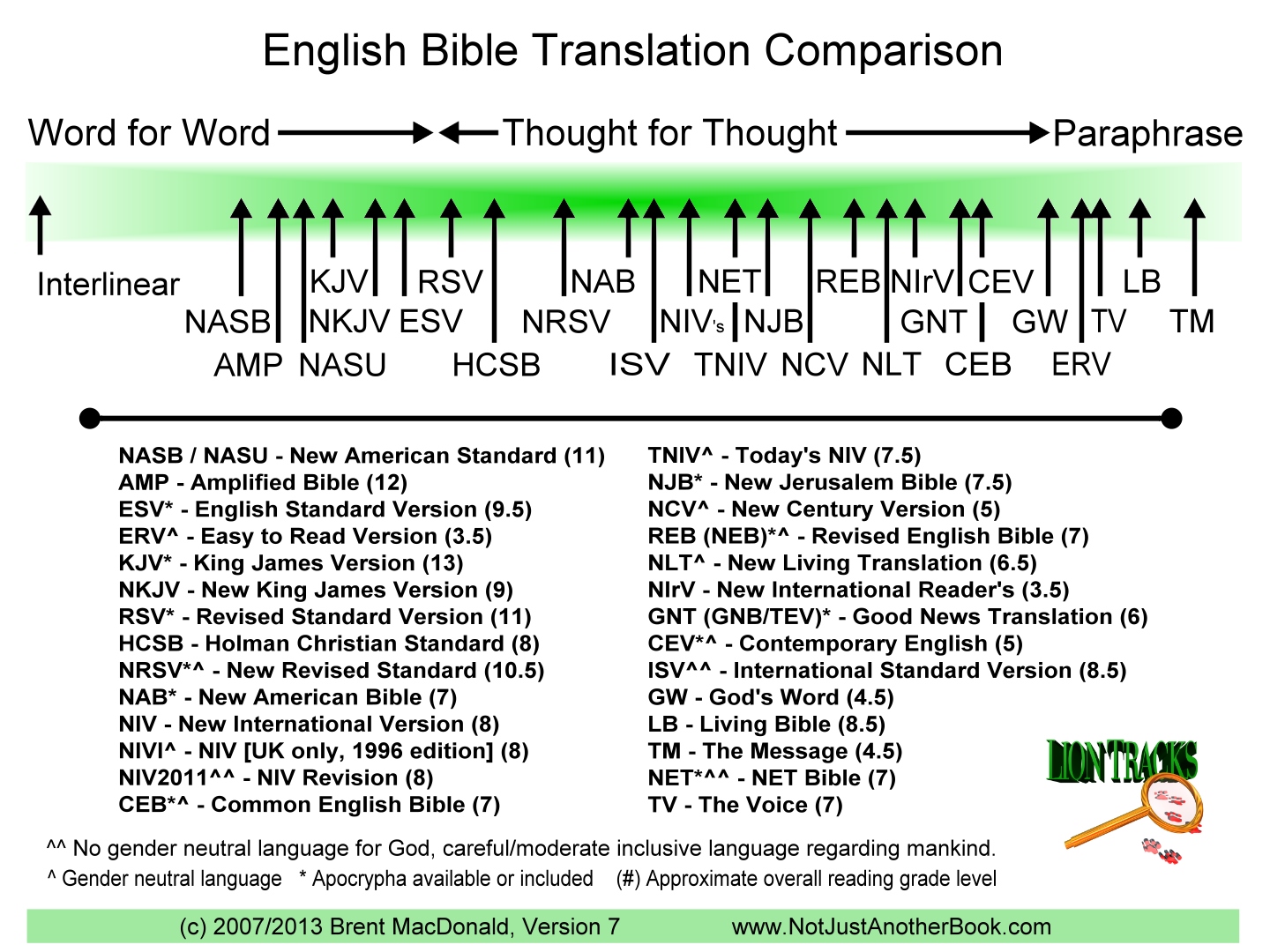


Scholars are far less agreed about why the Greek Pentateuch was produced in the first place. The Legacy of the First Revised Bible Translations.Appreciating the Diverse Evidence from the Dead Sea Scrolls.Consensus on this point has become possible in part thanks to Patristic testimony, but even more so owing to scholarship that has managed to date the linguistic features of the Greek Pentateuch to that period. Scholars agree that the Pentateuch (Genesis through Deuteronomy) was the first part of the Hebrew Bible translated into Greek by Jews living in Hellenistic Egypt, probably in the middle or early part of the third century BC. That being said, there is some consensus as to the origins of the earliest translation initiative. Pinning down the details of each of those factors and considering how they affected the Bible’s production and development are ongoing tasks of Septuagint scholarship today. The variegated corpus of Greek texts (and their textual traditions) that make up what we now call the Septuagint were translated by different people, in different locations, at different times, for different purposes, often with different Hebrew texts, and in many cases more than once for a particular book.Īt no point in antiquity, that we know of, was there any term used to identify those texts as a unified corpus distinct from the Hebrew “scriptures” ( graphai, γραφαί) in general. But doing so, intentionally or not, is a serious mistake. It is all too easy to conceptualize the Septuagint as a standalone, single-volume hardback produced in its entirety by a single translation committee working with a shared philosophy, much like in the case of modern Bible translations. It is important to notice that the word “translations” in the last sentence is plural. There are certainly worthy questions wrapped up with the Apocrypha-particularly related to the question of canon-but this article will focus instead upon the Greek translations of the Hebrew Bible. The latter include writings such as Tobit, 1 Esdras, and Sirach, some of which were translations while others were originally written in Greek by Jewish authors. The term “Septuagint” is typically used to refer to a collection of ancient translations of the Hebrew Bible along with other texts usually called the Apocrypha.Īt a basic level, the term “Septuagint” is typically used to refer to a collection of ancient translations of the Hebrew Bible along with various other Jewish Greek texts that are now usually called the Apocrypha. But perhaps we can be a bit more specific. In fact, it can be helpful to think of the term “Septuagint” as a catch-all label for a broad area of research in biblical texts and languages. It is helpful to keep in mind that-although one can purchase a physical or electronic copy today-in antiquity, the Septuagint was not actually one thing that existed as a distinct physical entity. This article will briefly introduce the Septuagint, beginning with the matter of origins before looking at translation style, textual development, and various ways in which the Septuagint weighs upon other areas of biblical scholarship. More than just establishing the text of the Septuagint itself, specialists continue to grapple with numerous parallel questions related, for example, to postclassical Greek, diaspora Judaism, and the history of Ptolemaic Egypt, among other areas. The complexity explains why, even now, there is still no complete critical scholarly edition of the entire corpus. It is notoriously difficult to define and has been the object of steady and strident debate since its inception right up to the present. Like most important things, the Septuagint is also complicated. It constituted a major part of the textual environment of second temple Judaism and early Christianity both in terms of number of copies and in the influence of those copies on other writers and scribes. It’s difficult to overstate the importance of the Septuagint for the textual history of Scripture in both Hebrew and Greek and in both the Old and New Testament.


 0 kommentar(er)
0 kommentar(er)
